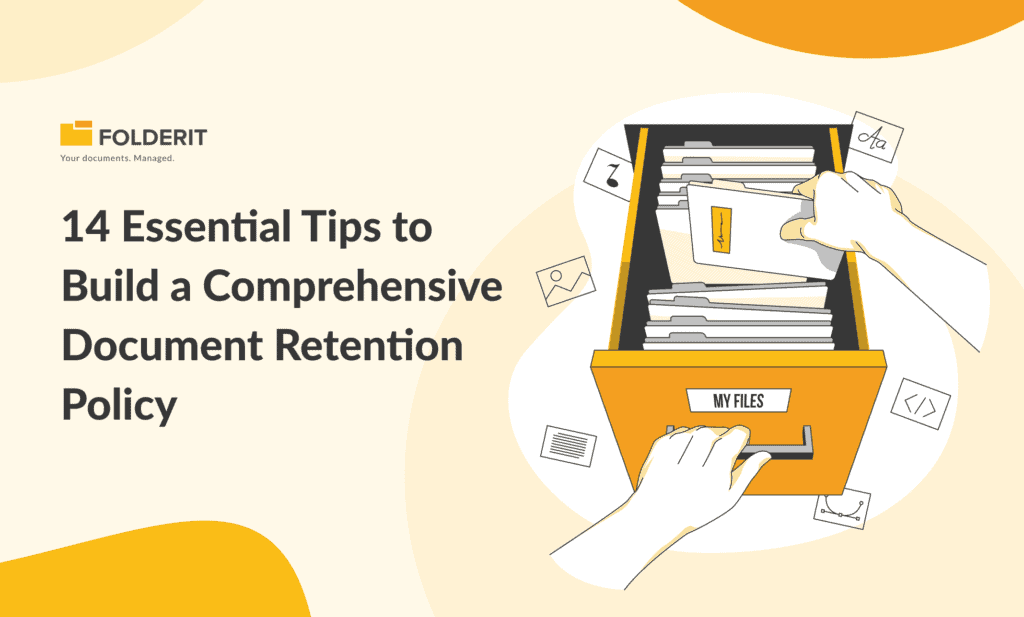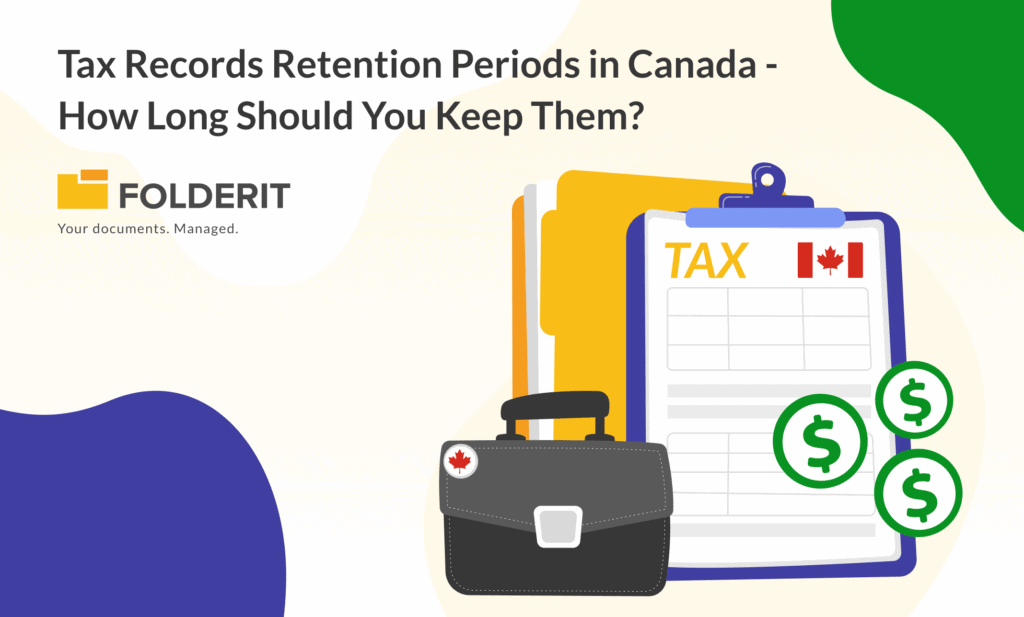The surge in data generation and stringent compliance requirements have magnified the significance of effective data governance. A document retention policy (DRP) serves as a critical tool, guiding organizations in managing their data lifecycle, from creation to disposal, while ensuring adherence to legal, ethical, and operational standards.
The Critical Role of a Document Retention Policy
At its core, a document retention policy (DRP) dictates how long an organization should keep its documents and when to securely dispose of them. In the landscape of evolving data privacy regulations and growing cybersecurity threats, a document retention policy (DRP) is not just a compliance tool but a crucial element of risk management. It aids in preventing data breaches, avoiding legal penalties, and maintaining organizational efficiency.
Tip 1: Assemble a Multidisciplinary Team
Developing a document retention policy (DRP) is not a task for a single individual or department. It requires a multidisciplinary approach. Gather a team comprising members from legal, IT, compliance, and records management. This team will bring a diverse perspective, ensuring the document retention policy (DRP) addresses all aspects of data management and compliance.
Tip 2: Compliance with Legal and Regulatory Standards
The cornerstone of a document retention policy (DRP) is its adherence to legal and regulatory requirements. Familiarize your team with laws like GDPR, HIPAA, and CCPA, and ensure your policy aligns with these standards. Regularly review and update the policy to reflect changes in regulations.
Tip 3: Comprehensive Data Assessment
A thorough assessment of the types of data your organization handles is crucial. Classify data based on factors such as sensitivity, utility, and legal retention requirements. This classification will guide you in determining the appropriate retention periods for different types of data.
Tip 4: Clear Retention and Disposal Protocols
Define explicit retention periods for each category of data, considering both operational needs and legal requirements. Also, establish secure and efficient methods for data disposal post-retention, ensuring the elimination of outdated or unnecessary data.
Tip 5: Employee Training and Policy Communication
Effective implementation of a document retention policy (DRP) hinges on the understanding and cooperation of your employees. Conduct comprehensive training sessions to educate staff about the policy, their roles, and the importance of compliance. Foster an environment of open communication regarding data management practices.
Tip 6: Periodic Review and Policy Updates
The document retention policy (DRP) should be a living document, adaptable to changes in the business environment, technological advancements, and legal landscape. Schedule regular reviews to update and refine the policy, keeping it relevant and effective.
Tip 7: Inclusive Coverage of All Data Forms
In the digital age, your document retention policy (DRP) must encompass all forms of data, including electronic records such as emails, instant messages, and data stored on cloud platforms or mobile devices. This comprehensive approach ensures no data falls outside the policy's scope.
Tip 8: Provisions for Legal Holds
A crucial component of a document retention policy (DRP) is the procedure for legal holds, which are triggered by litigation or investigations. Develop protocols for implementing legal holds to preserve relevant information, superseding the standard document disposal process.
Tip 9: Technology Integration for DRP Efficiency
Modern document management systems (DMS) can be invaluable in automating aspects of your document retention policy (DRP). Utilize these technologies for categorizing data, tracking retention schedules, and ensuring secure data disposal. This automation reduces manual efforts and minimizes errors.
Tip 10: Building a Compliance-Focused Culture
Creating a culture that values data compliance and security is as important as the document retention policy (DRP) itself. Encourage employees to understand the significance of data management and motivate them to adhere to the policy. This cultural shift ensures the longevity and effectiveness of your document retention policy (DRP).
Tip 11: Monitoring and Enforcement
Regularly monitor compliance with the document retention policy (DRP) across the organization. Establish clear consequences for non-compliance to reinforce the importance of the policy. This step ensures that the policy is not just a document but an active part of your organizational practices.
Tip 12: Tailoring the Policy to Organizational Needs
Understand that one size does not fit all when it comes to document retention policies (DRP). Customize your policy to align with your organization's specific needs, industry standards, and operational workflows. This customization ensures that the policy is practical and applicable to your unique business context.
Tip 13: Address Remote Work and BYOD
In the era of remote work and Bring Your Own Device (BYOD) policies, your document retention policy (DRP) should address data retention in these contexts. Set clear guidelines for data stored on personal devices and remote work environments.
Tip 14: Manage Risks Proactively
Identify potential risks associated with data retention and disposal. Your document retention policy (DRP) should include strategies to mitigate these risks, such as regular audits and security measures to protect sensitive data.
Paving the Way for Effective Data Governance
A comprehensive Document Retention Policy is a critical component for any organization in managing its data responsibly and efficiently. By following these essential tips, you can establish a policy that not only complies with regulatory requirements but also streamlines your document management processes, enhances data security, and supports your organization's overall data governance strategy.



